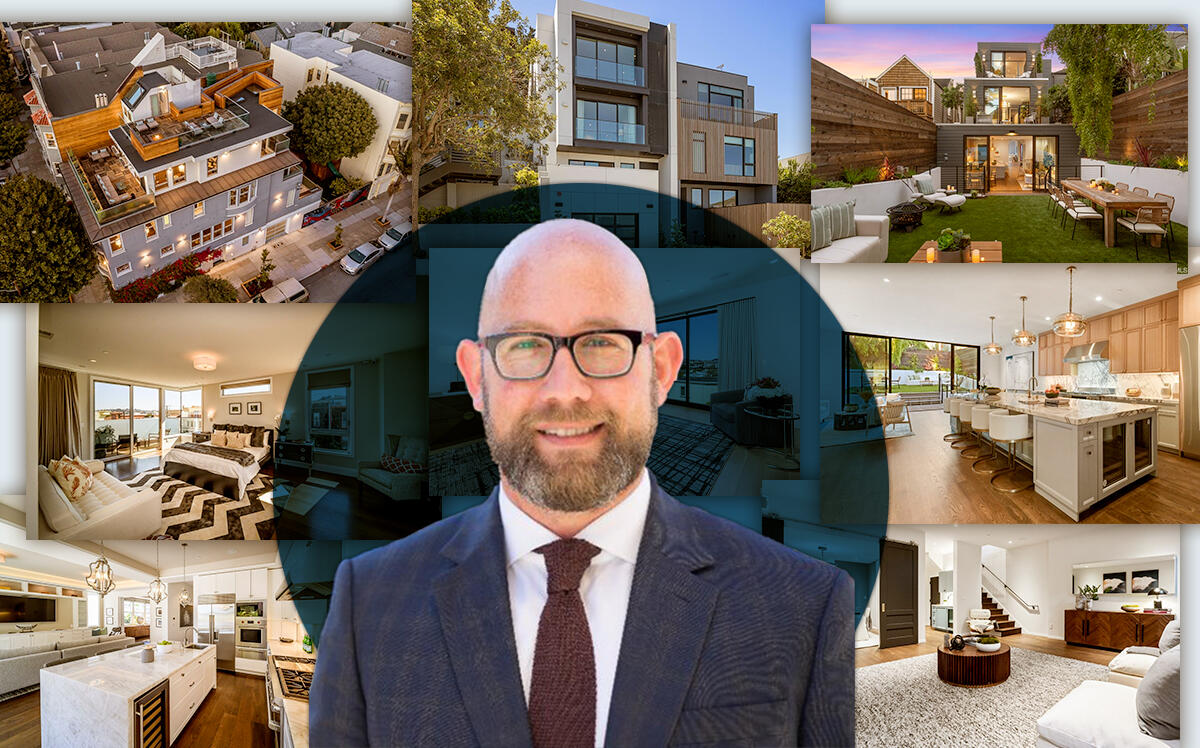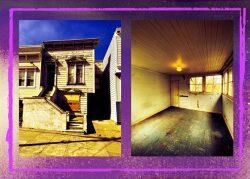 Bay Area agents expect another year of record-setting prices
Bay Area agents expect another year of record-setting prices
Trending
“Monster homes” under attack in pricey San Francisco district
“If you’re building 5,000 square feet of housing, you should be building housing for two, three or four households in that building,” says SF Supervisor Rafael Mandelman

“Monster homes” face a legislative dragon-slayer in San Francisco.
Supervisor Rafael Mandelman, whose district includes some of the most expensive areas in an already pricey city, introduced legislation this week to ban most homes of more than 4,000 square feet in coveted largely single-family neighborhoods such as Noe Valley, Dolores Heights and Glen Park. It would also require more reviews for homes bigger than 3,000 square feet.
The change would “reign in the conversion of existing housing into luxury monster homes that erode our existing housing stock and only exacerbate the affordability crisis,” Mandelman tweeted after introducing the legislation.
Mandelman is expected to bring to the board a separate ordinance next week that would upzone all of San Francisco’s single-family-zoned lots to allow two homes. That proposal, already approved by the Planning Department, combined with a new state upzoning law, could allow up to four smaller, more affordable homes on spaces that now have just one.
“If you’re building 5,000 sq. ft of housing, you should be building housing for two, three, or four households in that building,” Mandelman tweeted. “We’ve done a really good job of building housing for millionaires & billionaires when we should be building housing for the middle class.”
Pandemic buyers have put a premium on larger turn-key single-family properties in a city where few are being built. Only 256 single-family homes were constructed in the city between 2010 and 2020 compared with 1,100 in two- to four-unit buildings and about 29,000 units in 20-plus unit properties, according to Planning Department data.
New single-family homes are inherently more expensive than existing homes because of their limited number, pushing prices in many of the neighborhoods Mandelman represents even further out of reach.
Noe Valley had become “ground zero” for the build-bigger trend, with developers buying up smaller cottages on larger lots that can be “ballooned up for the sole purpose of flipping,” Ozzie Rohm of the Noe Neighborhood Council told KRON4. The neighborhood made headlines recently when an uninhabitable home billed as “the worst house on the best block” sold at auction for $2 million.
Noe Valley isn’t alone. The median home price in Dolores Heights/Eureka Valley in the second half of 2021 was about $2.6 million, according to Compass data, compared with $1.8 million for the city overall. The most expensive sale in the neighborhood in that period was more than $7 million for a 6,000-square-foot home near the Castro that had had a floor added on top. Two years before the 2014 addition, it sold for $2.3 million.
“During the past seven years, our 12-square-block neighborhood has had more than 30 significant home demolitions or remodels,” Carolyn Kenady, chair of the Dolores Heights Improvement Club, told the television station. “About half of these projects were 4,000 -square-foot homes, and at least six were in excess of 5,000 square feet.”
The legislation put forward on Tuesday is a revision of an earlier ordinance that would have put the same additional restrictions on large homes being built or expanded citywide. It will go to the land use and transportation committee next month before heading back to the Board of Supervisors for approval.
Mandelman scaled back after the city’s planning commission recommended that it only apply in his district and other areas where the trend had been most noticable. The new legislation also allows already large homes to get bigger if the floor area increase is less than 15 percent. If passed, it would be retroactive to new residential construction and residential expansion projects that submitted a development application after Jan. 1, 2022.
Read more
 Bay Area agents expect another year of record-setting prices
Bay Area agents expect another year of record-setting prices
 SF’s “worst house on the best block” sells for $2M
SF’s “worst house on the best block” sells for $2M




